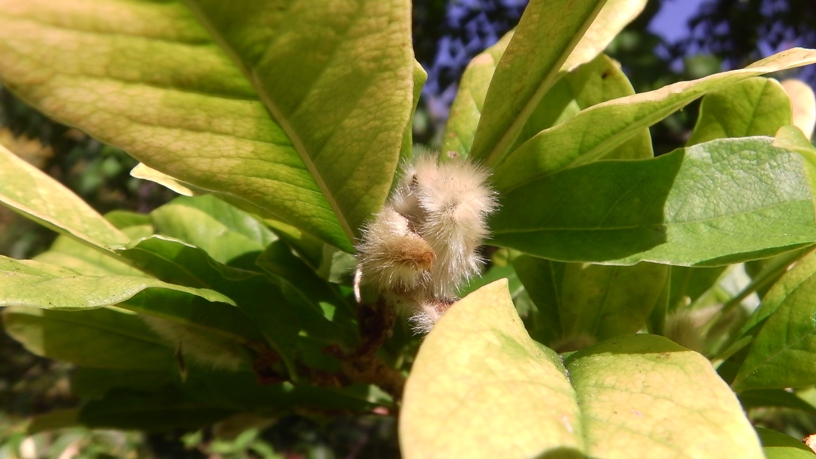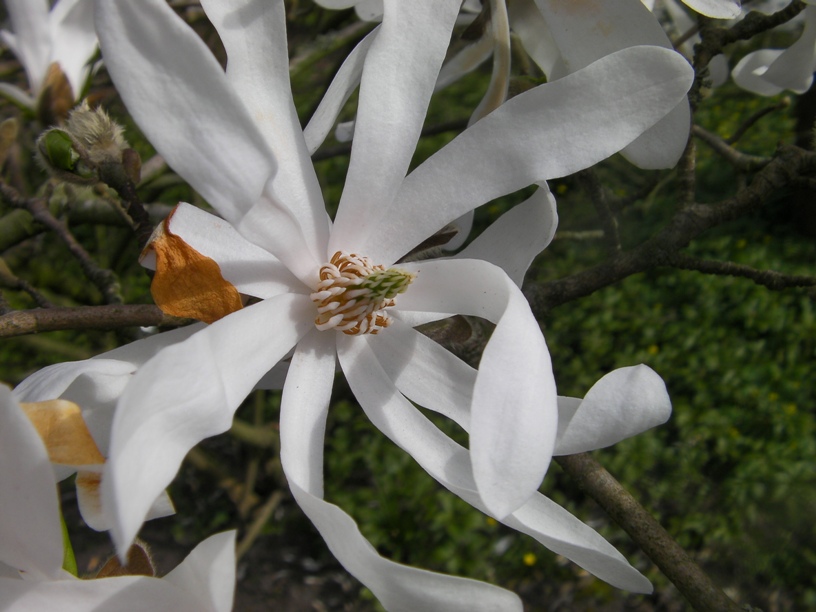Star Magnolia
Magnolia stellata
Magnolia family (Magnoliaceae)
Threatened by collectors
This large, slow growing Magnolia, which can reach heights of 5 m, in its native habitat, is a bush or small tree. The young twigs are purplish in colour; older twigs are brown. Leaves are bright green. In the winter the large, grey, hairy flower buds are very prominent on the bare bushes. In March and April the buds open before, or whilst, the leaves appear. The white or pink, fragrant, star-shaped flowers with 12-18 perianths of tepals gracing an otherwise naked bush are one of the first flowers indicating that spring is almost there. During this time it is vulnerable to night frosts. Star magnolias have orange seeds.
It is popular as an ornamental shrub because of its compact form and early flowers, and thus perfectly suited to small gardens.
The genus name was given in honour of the French professor and botanist, P. Magnol (1638-1715).
Read more.... »Themes
Introduced by Thunberg in 1862.
Details
| Description: | Tree, shrub, up to 2.5 m. |
|---|---|
| Distributions: | Japan |
| Habitat: | In lowland hills, valleys, terraces, riverbeds or shallow gorges. primarily on sunny sites that remain damp due to continuous water flow. |
| Year cycle: | Perennial (polycarpic decidous) |
| Hardiness: | 5 - 14 f (hardy - cold winter) |
| Flowering period: | Maart - april |
| Flower color: | White |
| Notes on flowers: | Pale pink, white |
| Fruiting period: | Augustus - september |
| Fruit color: | Various colours |
| Notes on fruits: | Pink, green, compound fruit; orange-red seeds |
| At its best: | Februari - maart |
Sources
http://www.iucnredlist.org/details/194010/0,https://www.rhs.org.uk/Plants/10721/i-Magnolia-stellata-i/Details,
https://en.wikipedia.org/wiki/Magnolia_stellata,
www.pfaf.org/user/Plant.aspx?LatinName=Magnolia+stellata,
Dendrologie van de lage landen - Jan de Koning en Wim van den Broek

